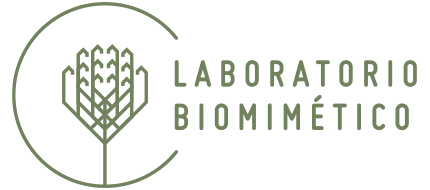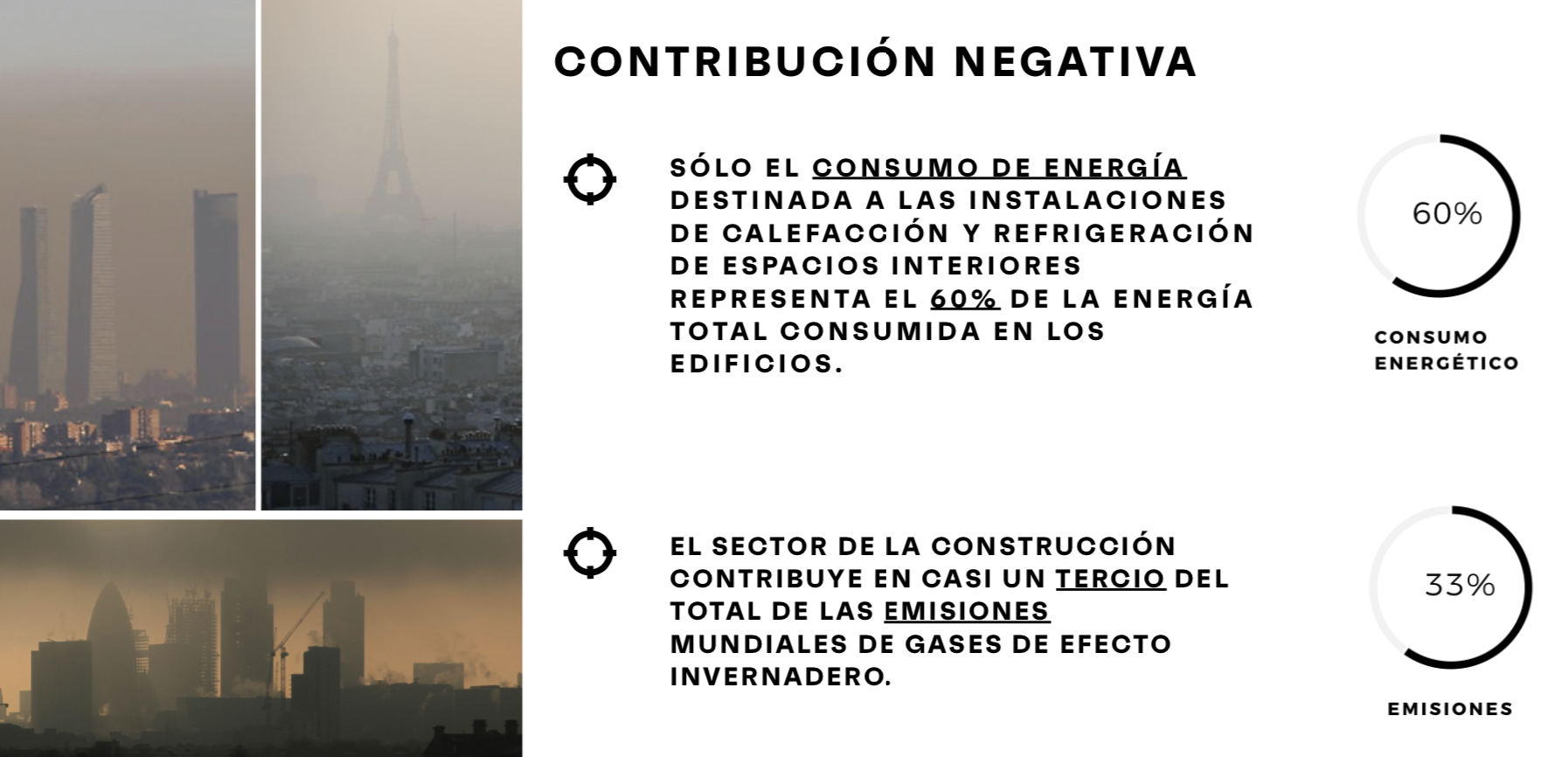Adaptation of the envelope in buildings
Most of the definitions of building envelope, established meanings of closure or a separation between the interior and the exterior, which provides support functions, control, finish (aesthetic) and distribution of services. However, it is more interesting to think about in the building envelope, without distinction between walls and roof, as an interface, and not as a separation, between the external environmental factors and the demands interior of the occupants (Of the Grosso & Basso, 2010), i.e. the envelope of the building as a moderator of the environment (Wang et al., 2012). Traditionally it has been sought that the buildings reflect the reality of the climatic characteristics and cultural through the envelope, as can be seen in vernacular architecture (Zhai & Previtali, 2010). However, the occurrence of the industrial manufacturing processes in series in addition to architectural trends as the International Style developed during the first half of the TWENTIETH century, it has spread through cities all over the World large prisms glass, or boxes of steel and glass, which does not correspond to the aesthetic values of local or to the climatic conditions of the place (Chavez del Valle, 2002).
The constraints described make the envelope system static and inert, directly responsible for the performance and the energy efficiency of buildings, surpassing the energy consumption by sectors of the industry and transport (Pérez-Lombard et al., 2008), and consequently, the construction sector contributes nearly one-third of the total global emissions of greenhouse gases (Ürge - Vorsatz et al., 2012).
Different reports they write this problem (OECD, 2006) (OECD, 2009a) (OECD, 2009b) (IEA, 2008) (Kamal - Chaoui & Robert, 2009) have led to urban authorities to develop innovative policy solutions for urban planning and management to reduce the global energy demand and emissions of greenhouse gases (Kamal-Chaoui & Robert, 2009). This is reflected in the way in which the European Union has been developing a large number of programs of promotion of efficiency for research and innovation, such as the Horizon 2020 framework (European Commission, 2011), where it is proposed that the energy efficiency is elevated to a higher level through "the consistent application of design strategies passive and active to reduce the heating and cooling loads", "to increase the energy efficiency of equipment" and "the use of renewable energies" (Stevanovic, 2013). Some of these programs focus on the rehabilitation of buildings, or the installation of energy efficiency technologies, especially in the facades. The best insulation materials, greener energy sources, more efficient financing, and a better use of information technology and communication are some of the main roads that are being explored (Skou, 2013). In addition, the Technical Building Code, in its basic requirement of Energy Saving, the following is cited: “the buildings will have an envelope of characteristics such limit properly the energy demand required to achieve the well-being heat-depending on the climate of the locality, the use of the building and of the regime of summer and winter, as well as by their insulation characteristics and inertia, permeability to air and exposure to solar radiation, reducing the risk of the occurrence of moisture condensation (...) that may impair their characteristics.”
Therefore, one of the biggest challenges facing the building envelope is the regulation of the environmental parameters, both internal and external, changing all the time, depending on the use and occupancy of the building, climatic factors or the time of year or time of day. The solar radiation, the temperature, the humidity, the wind, the noise and the carbon dioxide are the environmental parameters basic that affect the building, influencing significantly on the demands of comfort of the occupants, as well as the performance of the building (Omrany et al., 2016). Despite the fact that the climatic characteristics of each zone are variable parameters, conventional facades are mostly static, and in consequence it requires large amounts of energy to control the comfort of procedure, since only the consumption of energy for heating and cooling of interior spaces represents 60% of the total energy consumed in buildings (Omrany et al., 2016).

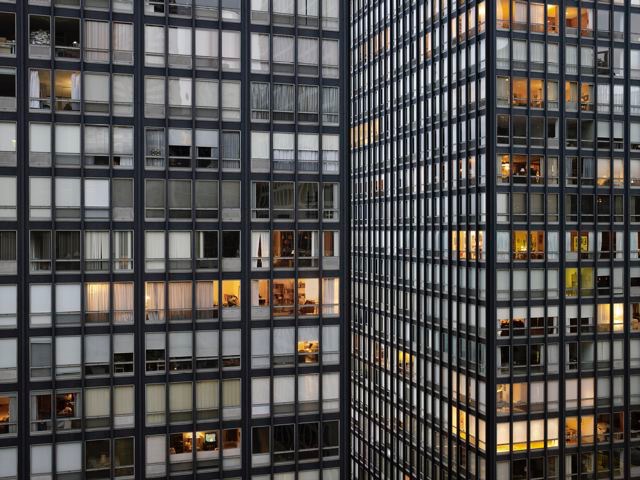

Adaptation in Nature
Living organisms throughout evolution have developed different adaptation strategies to cope with the various environmental aspects. The biological solutions of adaptation found in Nature are of great interest due to its complexity, multifunctionality and receptive ability. Unlike many of our buildings, which remain inert, the living things respond to the environment and are able to adapt to changing climatic conditions (Armstrong, 2012). The envelopes in the nature are multifunctional surfaces that arise from a complex interaction between the surface morphology and the physical and chemical properties of the biological organism as a response to adaptation to the environment.
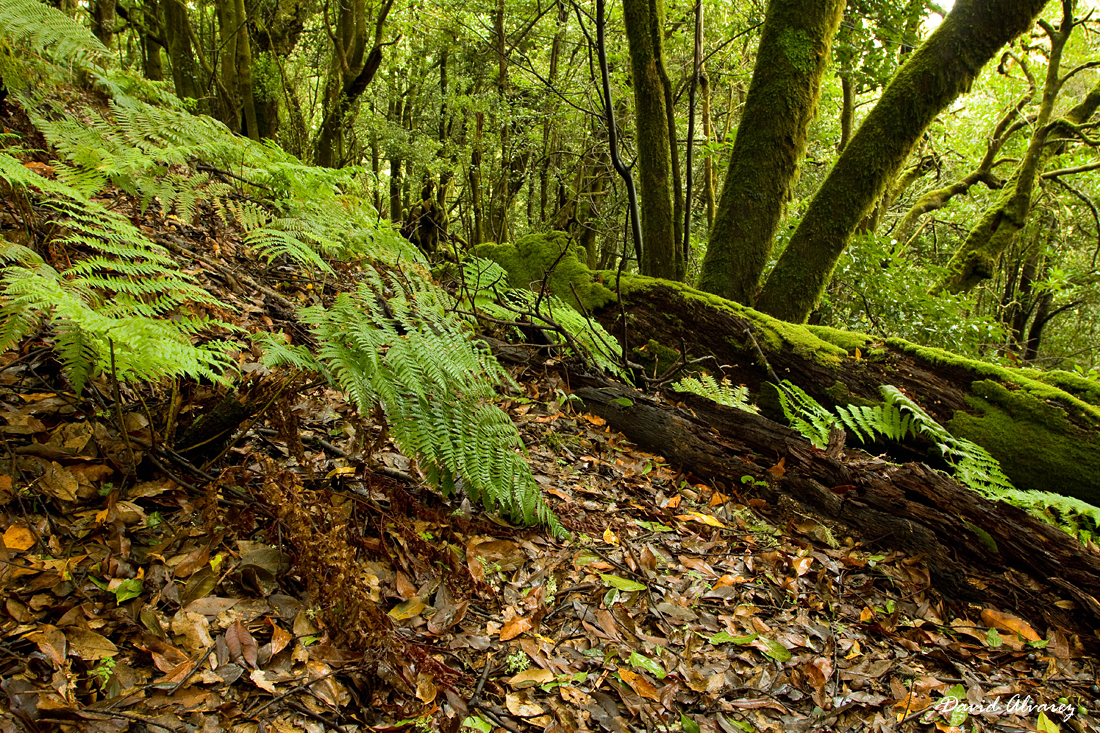
If we begin to analyze the differences between the way to do / build in the natural world and the artificial quickly observe two concepts quite the opposite: adapting to estaticidad, life in the face of inertia. Unlike buildings, which remain inert, living organisms respond to the environment around them and are able to adapt to its changing conditions. One of the most important consequences of this lack of dialogue between buildings and their environment is the huge amount of energy is consumed in heating, cooling, ventilation, or lighting to meet the demands of comfort of the occupants. The lack of adaptation of the buildings, with solutions that are static in facades, against environmental factors changing translates into 33% of the carbon footprint of the construction sector . The key is adaptation, and therefore, a new architecture-adaptive is necessary to improve the energy performance. To create buildings that meet the definition of adaptation, that is the evolutionary process whereby an organism becomes better able to live in their habitat . Buildings as organisms. Buildings alive to breathe. Buildings that are continuously changing in response to different external stimuli, through the application of biomimetic.
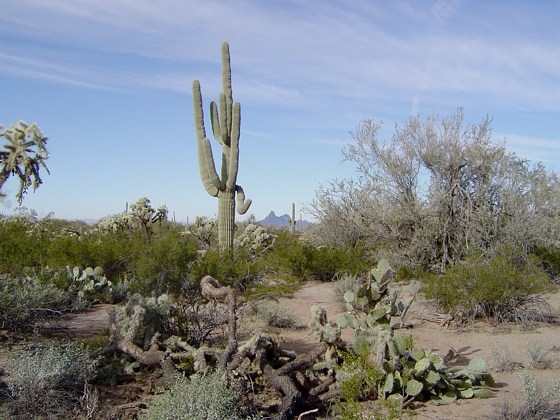
Immersive architectural alive that interact with their environment
The research “Immersive architectural alive that interact with their environment,” is set in the leaves of the plants and their strategies of adaptation to different climates. Due to their immobility, plants, unlike animals, can not hide or seek protection. The plants, as well as the buildings, lack of displacement and remain subject to a particular location, so you have to resist the weather conditions that affect them in each time. However, the plants, unlike the buildings, have been able to adapt to the environment, through a process of evolution over millions of years, developing strategies and mechanisms to withstand the climatic conditions that affect them at all times. These mechanisms and adaptation strategies are the starting point for the understanding of how, for example, a plant in a desert climate, manages the collection and storage of water, how to avoid dehydration, or how to survive the great changes of temperature between day and night. In the same way we study the adaptations of the plants of the temperate, boreal or polar. Analyzes the interaction of the plant with its environment and then perform a synthesis and abstraction of biological terms to terms constructive. Translate the adaptations of the nature to architecture, from plants to buildings, in order to develop a new type of envelope that interacts with the environment that surrounds it.
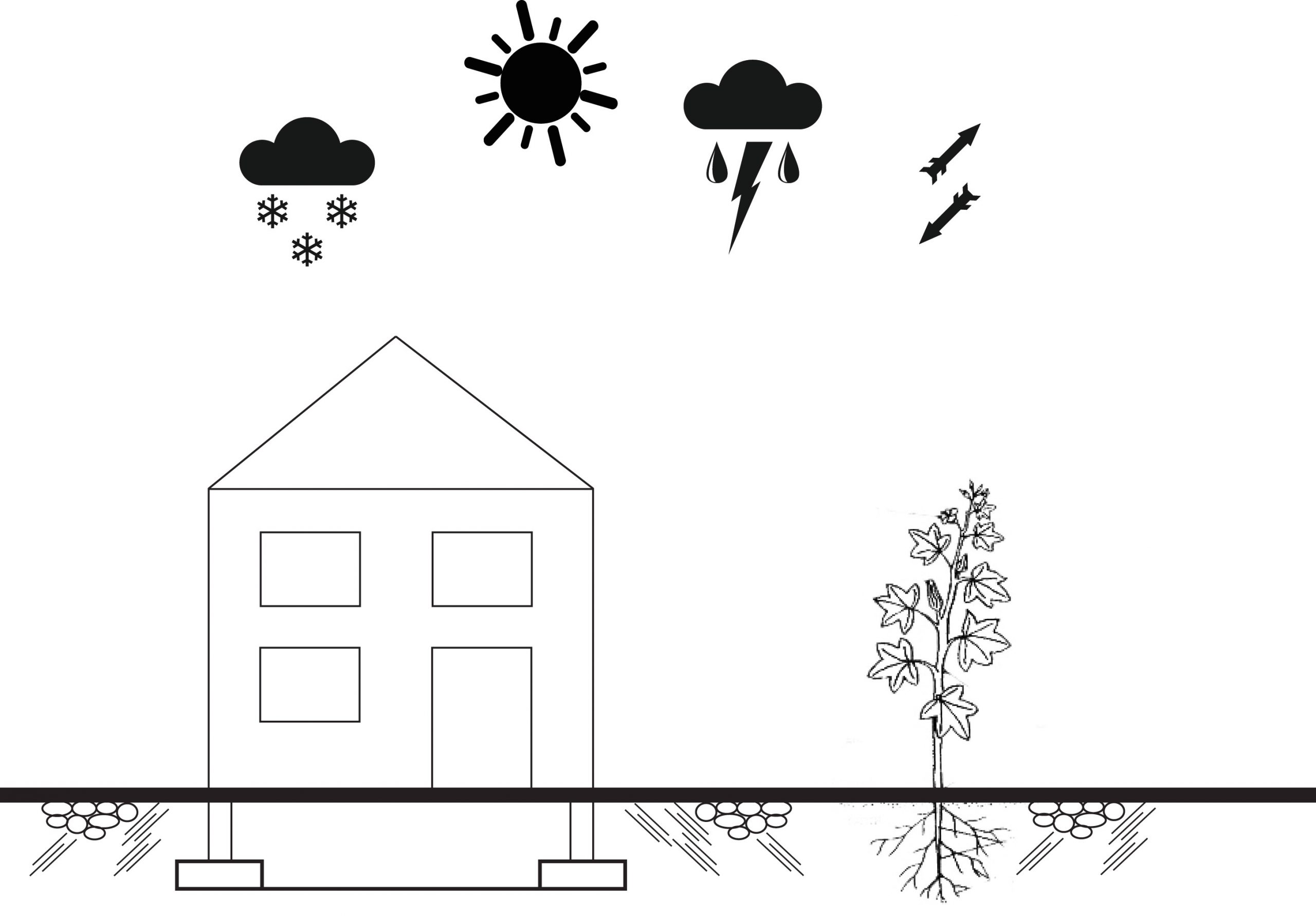
The main objective of the research develops a methodology that allows to understand the biological principles of adaptation according to architectural terms and, based on them, generate conceptual designs of enclosures for buildings that adapt effectively to the climatic conditions of the environment. Therefore, it presents the methodology “Of the plants in the architecture” as a useful tool for engineers and architects during the early stages of design in the construction project. This will help you to understand how we can use the principles of adaptation found in plants in Nature to create envelopes in buildings, exploring new paths to achieve energy savings in buildings and to contribute to reducing the environmental impact, from the design and behavior of the envelope, without solely relying on conventional systems of the interior, as has been done until now.
Biomimicry offers a new approach to the design of facades adaptive that could reduce the complexity and the cost of heating, cooling, ventilation, or lighting and therefore achieve energy savings in buildings. This opens up new perspectives for potential new technical solutions that show the potential of plant adaptations to different climatic zones. From the botanical inspiration of the materialisation of architecture. Buildings living, breathing as if plants were treated. A new revolution, the biological, has begun and the architecture of the future has arrived in the laboratories.
